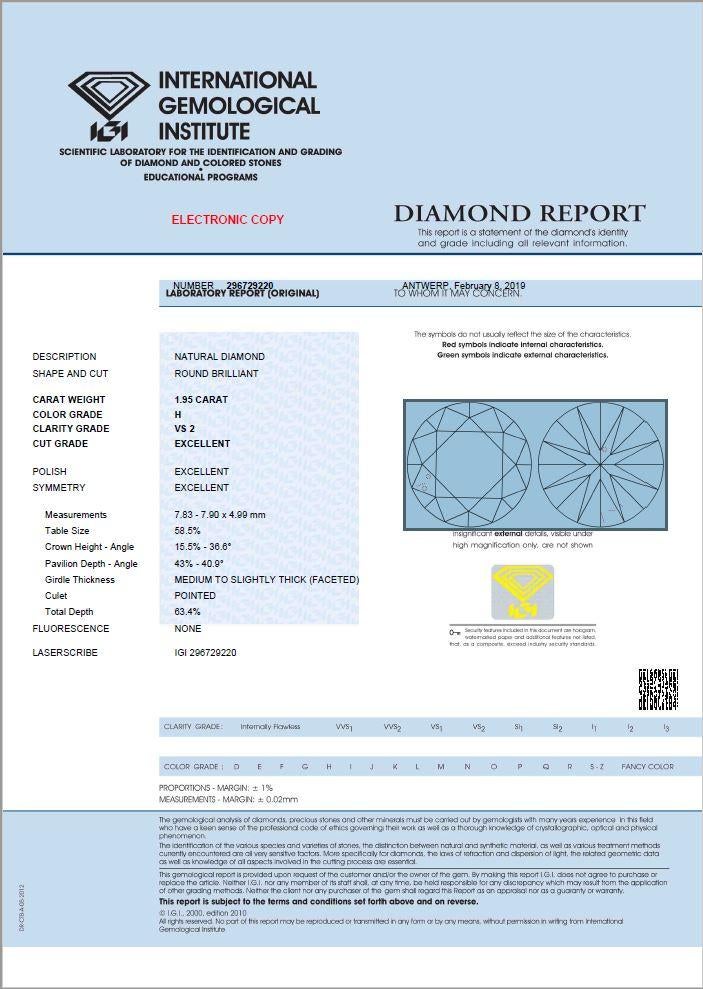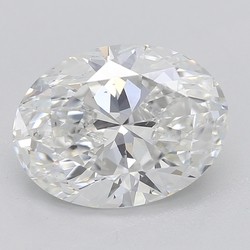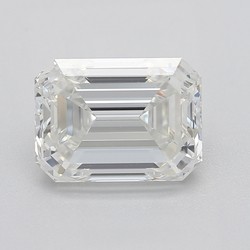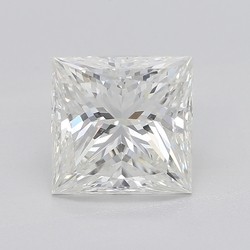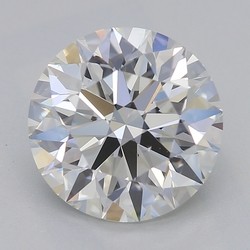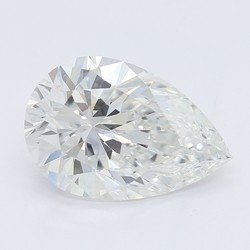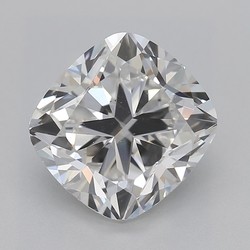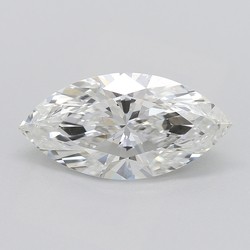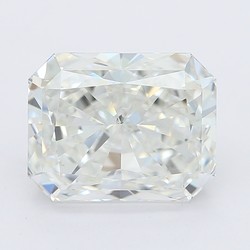EGL Diamond Certification: Separating Fact from Fiction
Key Takeaways
- The EGL is better than some other diamond labs out there, but it still falls short of the standards we think all shoppers should live by when it comes to buying diamonds.
- The EGL’s controversial SI3 grade adds more confusion than transparency to the subject of clarity, since it makes diamonds that a lab like the GIA would likely consider to be ‘Included’ sound better, by moving them up into the ‘Slightly Included’ range.
- Their approach falls short of the Gemological Institute of America’s – so, even if you’re looking at a higher clarity grade than the controversial SI3 range, we wouldn’t recommend the EGL over the GIA or AGS.
While looking at your diamond in person is the best way to figure out whether or not it’s the right choice for your engagement ring, it’s obvious that the best way to really get to know the specifics of your diamond – and, in particular, its value – is to take a look at its report.
The GIA’s methods are the most widely used – and the ones we reference more than any other – but they’re definitely not the only organization offering an accepted method for grading diamonds.
The EGL (or European Gemological Laboratory) is a diamond-grading lab that provides diamond certification for diamonds. An EGL diamond certification is a document that validates the diamonds authenticity and true value, although opting for EGL diamonds over GIA graded diamonds certainly offers its own advantages and disadvantages.
The History of EGL Certification
The European Gemological Laboratory, EGL, was founded in 1974 in Europe with international locations found in Antwerp, London, Paris, Mumbai, Johannesburg, Hong Kong, Seoul, Tel Aviv, New York, Los Angeles, Vancouver, and Toronto.
EGL labs have over 1,000 scientists, diamond graders and diamond educators. They are most well known for their grading techniques with diamonds weighing less than one carat and establishing the controversial SI3 diamond clarity rating.
Unlike both GIA and AGS certifications, EGL is a for-profit organization, not a non-profit one. Therefore, it’s credentials are considered “looser” than the others – a little like the GSI’s grading system, which is favored by the larger chain jewelers across America.
The EGL certification will provide you with a full diamond certification/grading report for a diamond. It can also give you an origin report of the diamond if requested.
The certificate itself includes information on the Four C’s (carat, clarity, color and cut), as well as details of proportion and symmetry. EGL will also provide a laser inscription inside the diamond to link it to its certification report.
What an EGL Certification Means
A diamond containing an EGL certification means that it has been measured and graded by an independent EGL laboratory. However, it has been criticized by many for its lower grading standards, leading to inconsistent ratings. This is why some diamond dealers will not stock diamonds with an EGL certification.
It is also worth noting that an EGL certification is less expensive than other certifications, making it an ideal choice for those on a strict budget – not to mention the fact that their labs are capable of completing diamond reports faster than some of the other more popular labs.
GIA vs EGL Diamond Grading
There is a reason by the GIA has long-since represented the most widely-used and accepted gemological institution for diamond grading – and why, at WillYou.Net, all of our diamonds come with a complete GIA report: they are consistent.
As soon as an institution starts to seem a little contradictory or loose in its approach to diamonds, you know that it is not able to offer the same level of assurance to shoppers as other trusted organizations. This is the trouble with the EGL – and why it consistently falls below the GIA in terms of acceptance.
The value of any diamond report lies in its adherence to a high standard. Without that, shoppers just don’t know if they’re investing into an inferior diamond. Unfortunately, shoppers looking at EGL diamonds cannot put that same level of trust into the reports that they could otherwise put into the GIA’s reports.
What is the Difference Between GIA and EGL Diamonds?
While the diamonds themselves are the same, the GIA and EGL are two separate bodies with two different approaches to evaluating the quality of a diamond.
By now, it’s pretty common knowledge that the GIA is the stricter body, and that, in general, a diamond graded by both bodies would receive a slightly higher grade from EGL than it would for the GIA.
This is, in all likelihood, why the EGL introduced the SI3 grade: it ensures that some of the diamonds considered severely Included by the GIA are still able to be considered Slightly Included, and given the higher value and prestige attached to diamonds that sit within the SI category.
The EGL Diamond Grading Report Sample
The EGL Diamond Quality Report provides a complete assessment of the stone’s 4 C’s: color, clarity, carat and cut. The report also dives deeper into the cut by analyzing information about proportions and polish of the diamond.
Like the GIA, the EGL’s reports also feature a plotting diagram, which shows the position, size and shape of each inclusion and blemish.
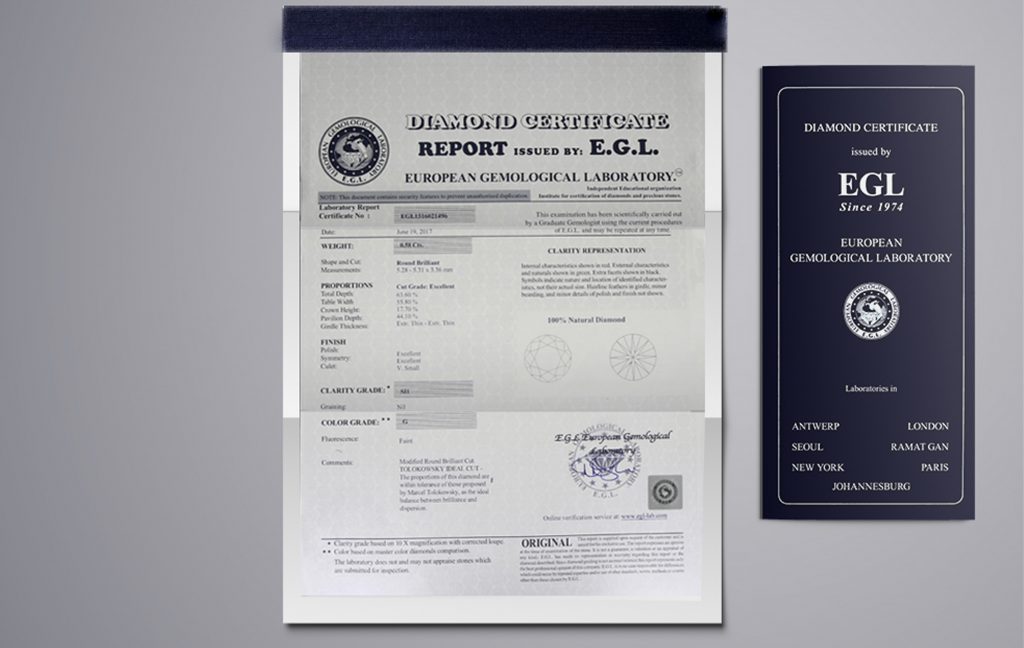
Understanding the Differences between EGL International vs EGL USA
When considering buying EGL-certified diamonds, it’s essential to understand the key differences between EGL International and EGL USA. EGL International was established in 1973 and has 10 independently owned and operated testing facilities around the world. On the other hand, EGL USA was originally a franchise of EGL International but became its own separate entity in 1986 and has more uniform and strict grading standards. EGL USA diamonds are generally more stringent and comparable to EGL International diamonds which are one color and one clarity grade higher. To ensure you’re getting the best diamond, make sure to look for a report with the EGL USA logo.
EGL USA is also trying to stop the import of loose diamonds with EGL International reports. Diamond reports from European labs have a universal report that states the country of origin. Each European lab has its own numbering or lettering system, such as EGL Belgium – certificate code starts with A, EGL South Africa – starts with SA, EGL Turkey – starts with T, EGL India – starts with letters D – J and has a maximum of 9 digits, EGL Israel – usually starts with a number 2.
Advantages & Disadvantages of EGL Diamond Certification
Advantages
Like many of the lesser-known methods for diamond certification, the EGL offers a more cost-effective approach to diamond grading. This, coupled with the fact that the EGL is much faster to turnaround diamond reports than the infamously slow GIA and AGS labs, means that it offers an attractive alternative to some of the less-informed shoppers out there.
Disadvantages
Within the global diamond community, the EGL’s approach to diamond grading is not regarded as being anywhere near as consistent or reliable as the approach offered by the GIA, or the AGS.
They are also considered to be a little less exacting in their approach, as evidenced by the SI3 grade, which is given to diamonds that, to the GIA, would typically be regarded as I1 quality. In other words, the SI3 grade can be misleading to first-time shoppers – as can any diamond report that lacks the stringent standards held by the GIA.
You can browse our full range of GIA certified diamonds here.
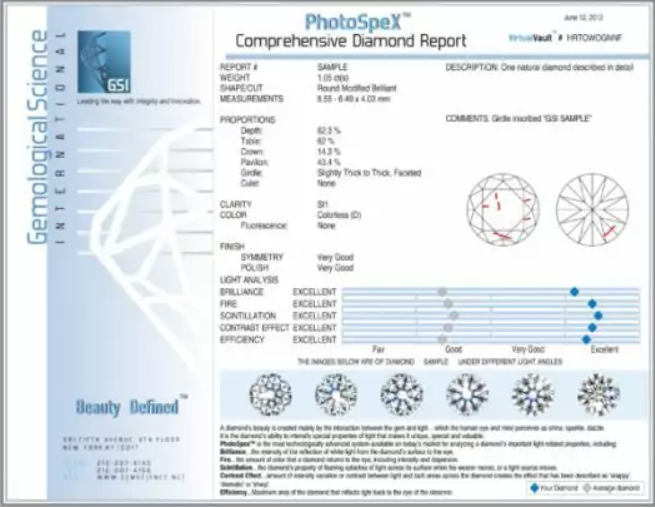
Jun 2, 2021 By Willyou.net
GSI Diamond Certification: What You Need to Know
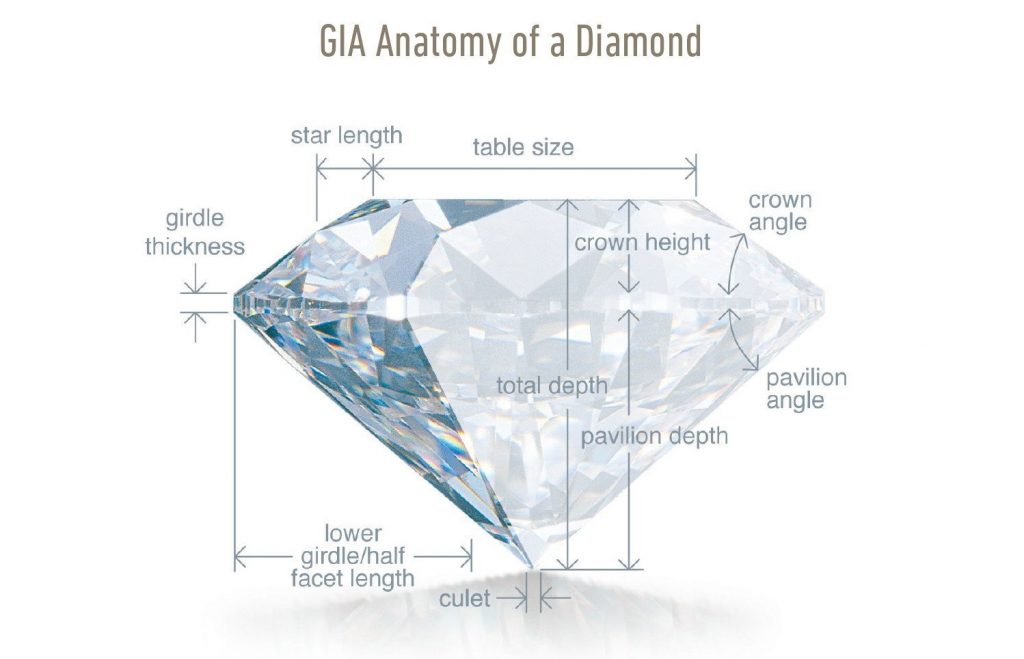
Feb 24, 2021 By Willyou.net
GIA GG Program
